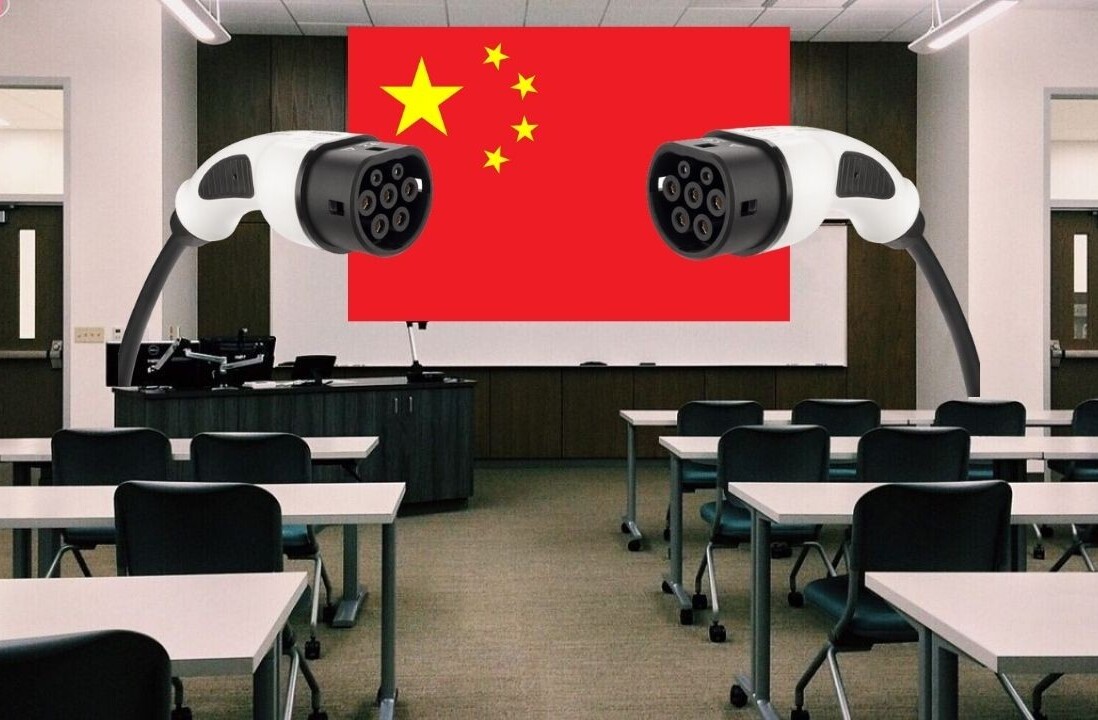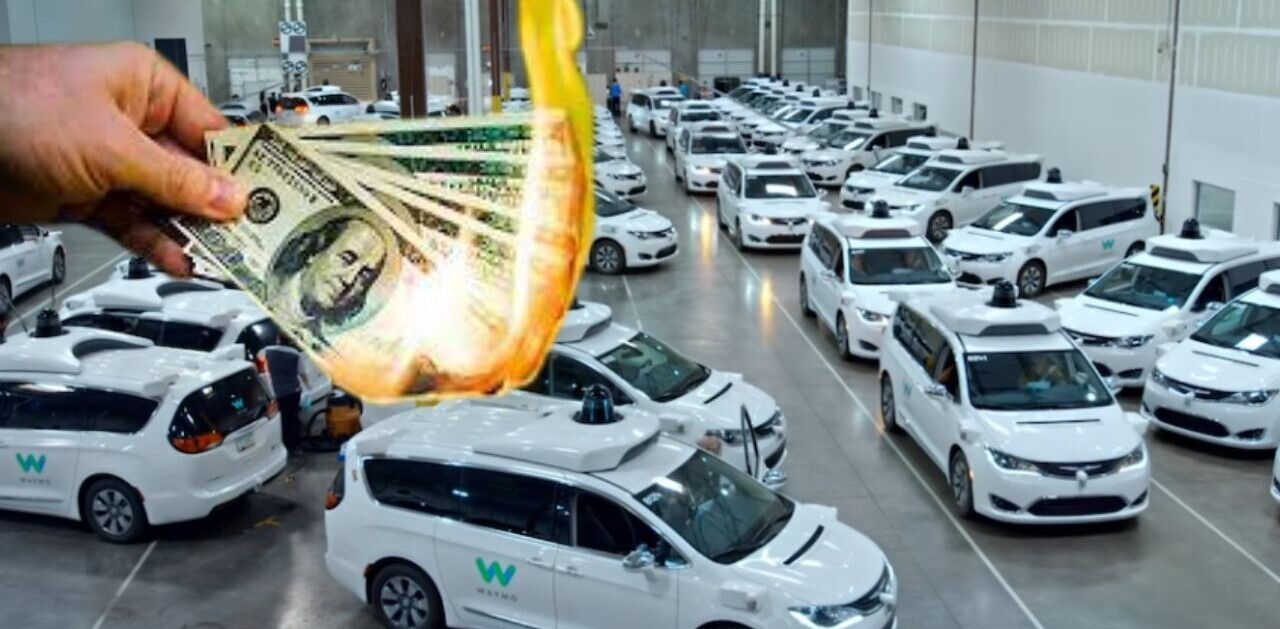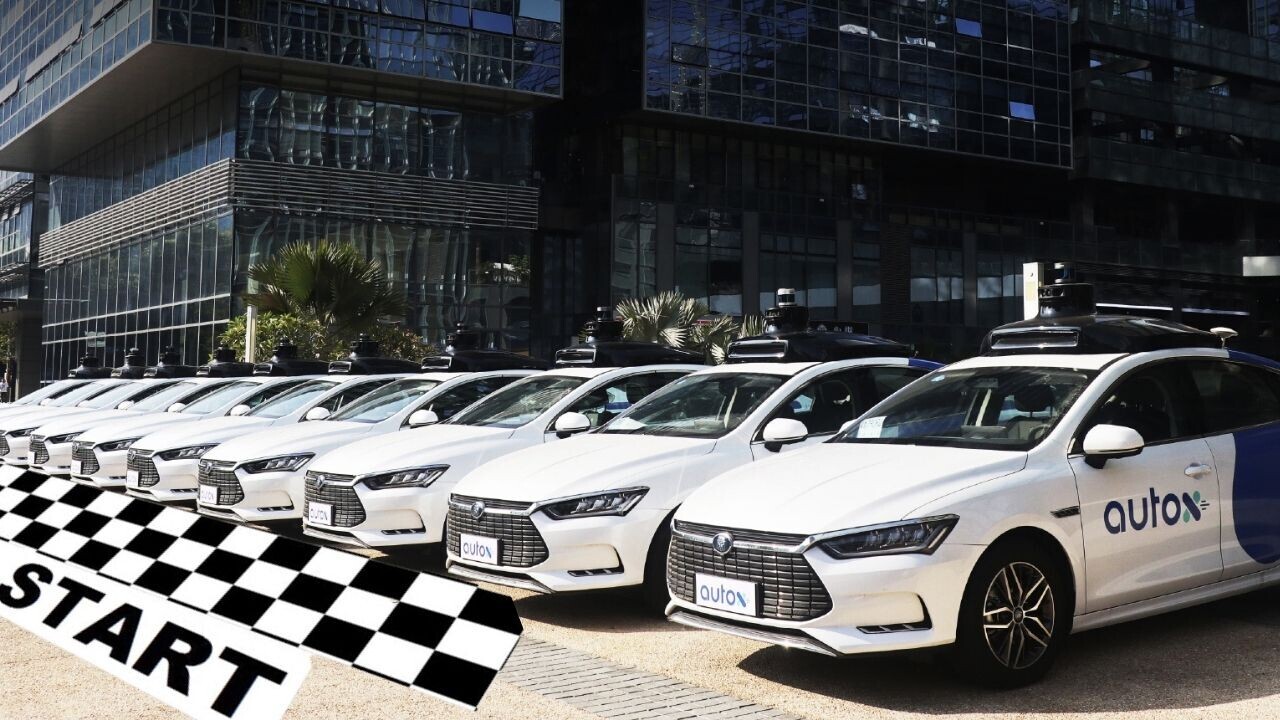
Robotaxis are a hot business in China with autonomous cars from multiple companies already on the streets. But who’s gonna come out on top? Self-driving startup AutoX has once again thrown its hat into the ring, to get the sought-after crown.
At the Crowne Plaza Shanghai Anting yesterday, the company launched the upgraded AutoX Gen5 system, promising to offer better navigation capability, enhanced safety, and overall “superiority to the competitor’s systems.”
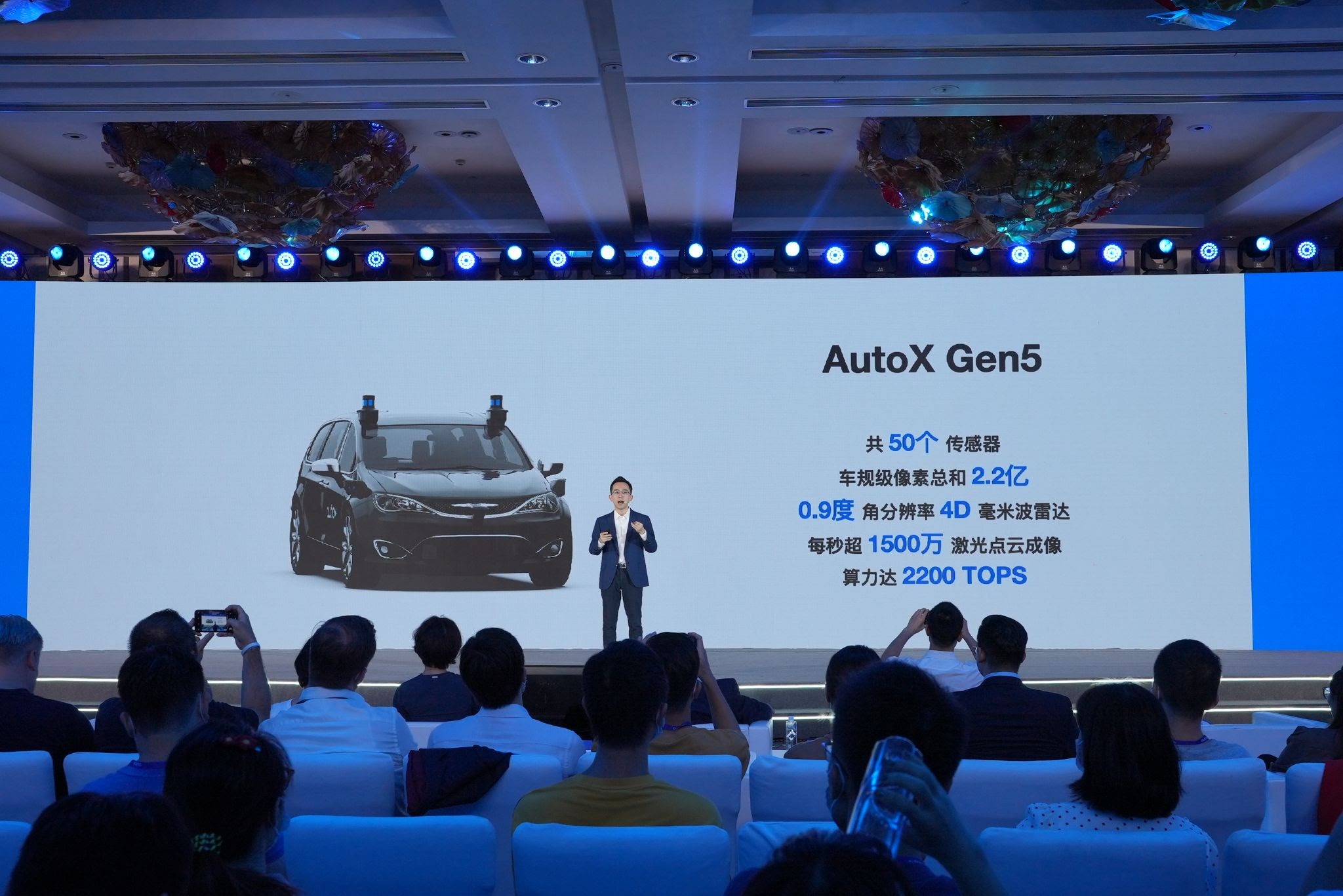
This seems to be an answer to Baidu’s own fully autonomous taxi service, called Apollo, which started commercial operations in Beijing in May.
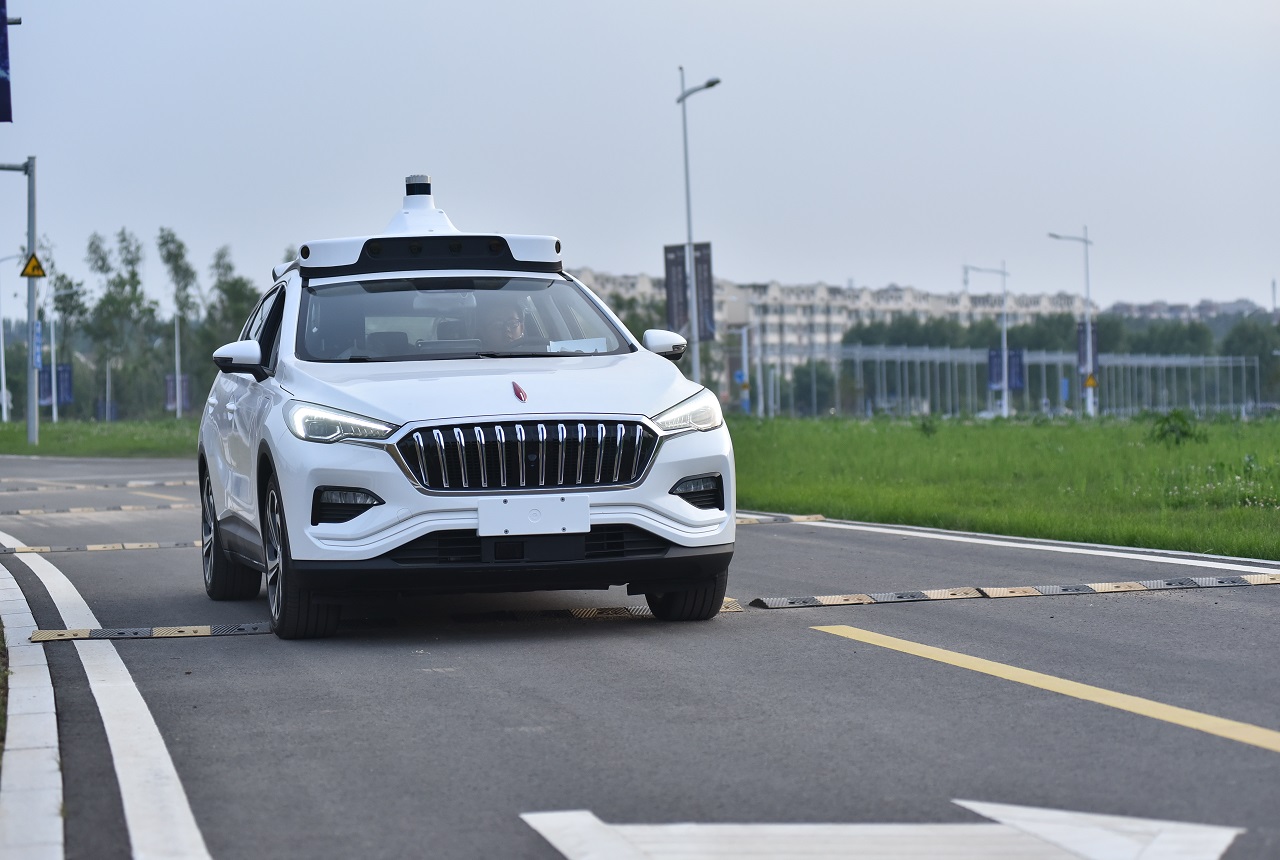
The aces up AutoX’s sleeve
Even if we take the new “superiority to the competitor’s systems” aside, AutoX might actually have quite a few advantages over Baidu.
Firstly, Baidu’s autonomous vehicles always have a safety driver on board — while AutoX’s taxis are fully driverless.
The reason is that Shenzen, where the company’s robotaxis run, is the only city in China that allows truly driverless vehicles on all public roads.
Meanwhile Baidu’s taxis are in Beijing, where they can only operate within a small specially designated zone and need to have a safety driver on hand.Similarly, such vehicles may only drive within closed campuses or zones, and for that reason Baidu is operating at Beijing’s Shougang Park, covering a 3 square kilometer range.
So while Baidu only has about 3 square kilometers for its robotaxis, AutoX’s fleet is running in Shenzhen’s Pingshan district — a much more impressive 104.6 square kilometer operational zone.
However, Baidu already has plans to expand to 30 Chinese cities and its already bagged a special promotion during the upcoming Winter Olympics, with one of the venue’s located in the robotaxi zone in Beijing. This could explain AutoX’s big push now to strengthen its position against Baidu.
So let’s take a look at what AutoX’s new upgrade actually entails.
The Gen5 upgrade
The upgrade promises to take the company’s tech to the next level with the following:
- 50 sensors in total
- 28 cameras capturing a total of 220 million pixels per second
- 6 high resolution LiDAR offering 15 million points per second
- 4D radar with 0.9-degree resolution encompassing 360 degrees around the vehicle
AutoX believes that by adding these new features — along with an additional vehicle control unit of 2200 TOPS computing power — its robotaxis will have zero blind spots.
I have to say that Baidu’s robotaxis don’t look too good in comparison…
They’ve only got 2 LiDAR and 6 surround cameras — in total. Or well, they also got one ultrasound and one millimeter wave radar, which are adequate as supplementary functions. But their mapping capabilities and precision are far more inferior than those of a 4D radar.
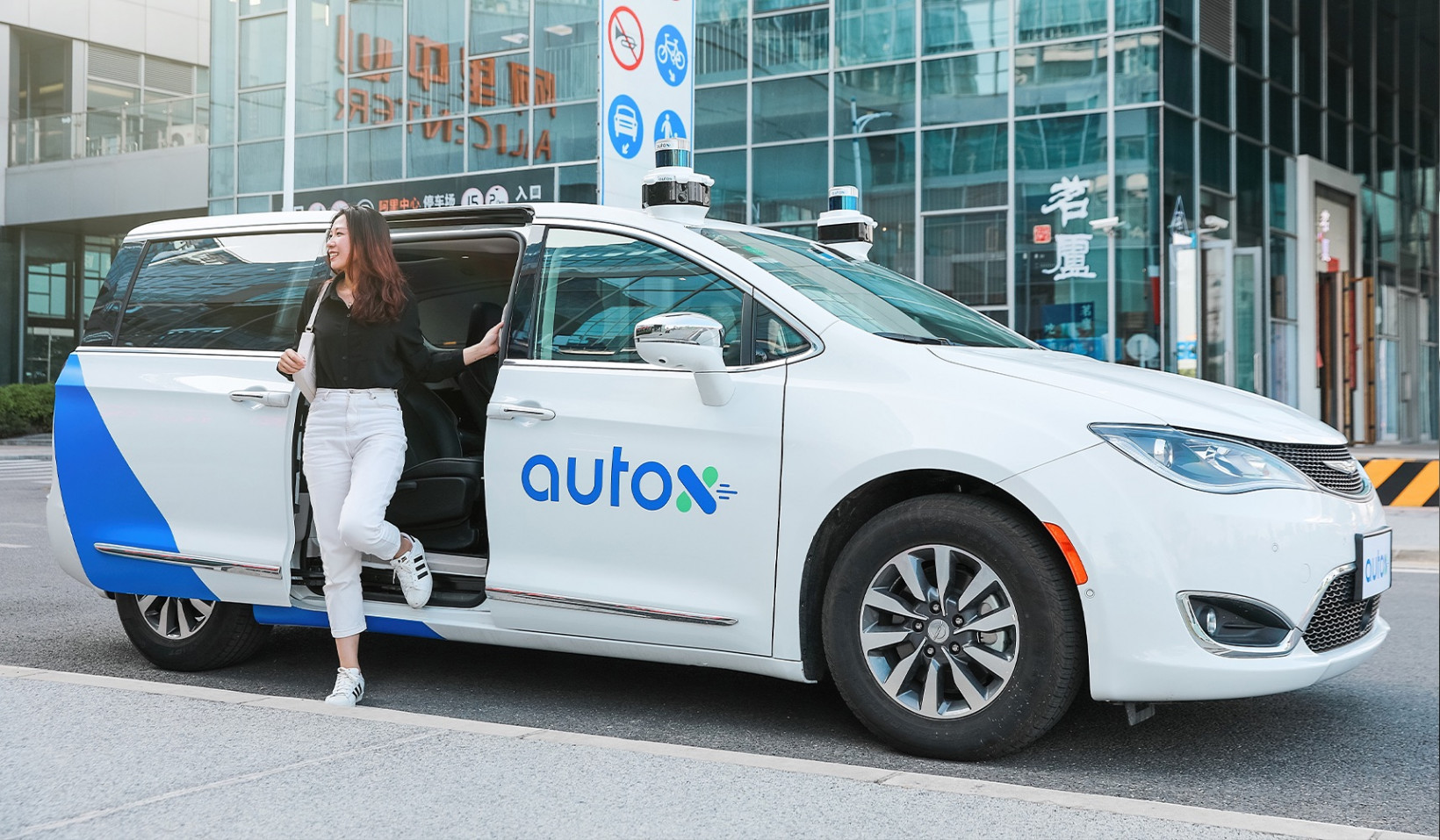
All in all, it seems clear that AutoX has been taking the robotaxi game very seriously. And its reasonable to say that the Gen5 upgrade presents some notable advancements that might actually do justice to AutoX’s claims for improved safety and navigation.
Do EVs excite your electrons? Do ebikes get your wheels spinning? Do self-driving cars get you all charged up?
Then you need the weekly SHIFT newsletter in your life. Click here to sign up.
Get the TNW newsletter
Get the most important tech news in your inbox each week.


